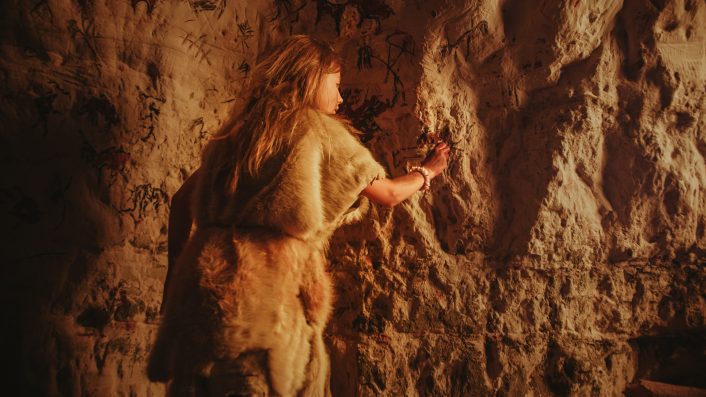Around 40,000 years ago, Neanderthals disappeared from Earth, but to this day, they continue to live on in the DNA of modern humans.
A new study that has not yet been peer-reviewed has revealed when exactly the two species interbred to result in this combination of genetic material.
Between one and four percent of the genomes of all modern non-African humans consist of Neanderthal DNA.
These genes have contributed to our behavior and appearance today. Until now, scientists have struggled to pinpoint when humans and Neanderthals began breeding with each other.
In the study, the researchers analyzed the genomes of 59 prehistoric Homo sapiens individuals. They were all aged from 2,200 to 45,000-years-old, and 33 of them were alive more than 10,000 years ago.
The researchers compared the prehistoric genomes to 275 present-day humans from different regions of the world.
Then, they used computer software to track the evolution of Neanderthal genes over millennia and determine how many generations it took for Neanderthals to merge with humans.
The researchers concluded that the “Neanderthal gene flow occurred between 321 and 950 generations before these individuals lived.”
More specifically, Homo sapiens and Neanderthals began interbreeding around 47,124 years ago, and it lasted for a period of about 6,832 years. There is still much more to discover in regard to how the two species came together.

Sign up for Chip Chick’s newsletter and get stories like this delivered to your inbox.


